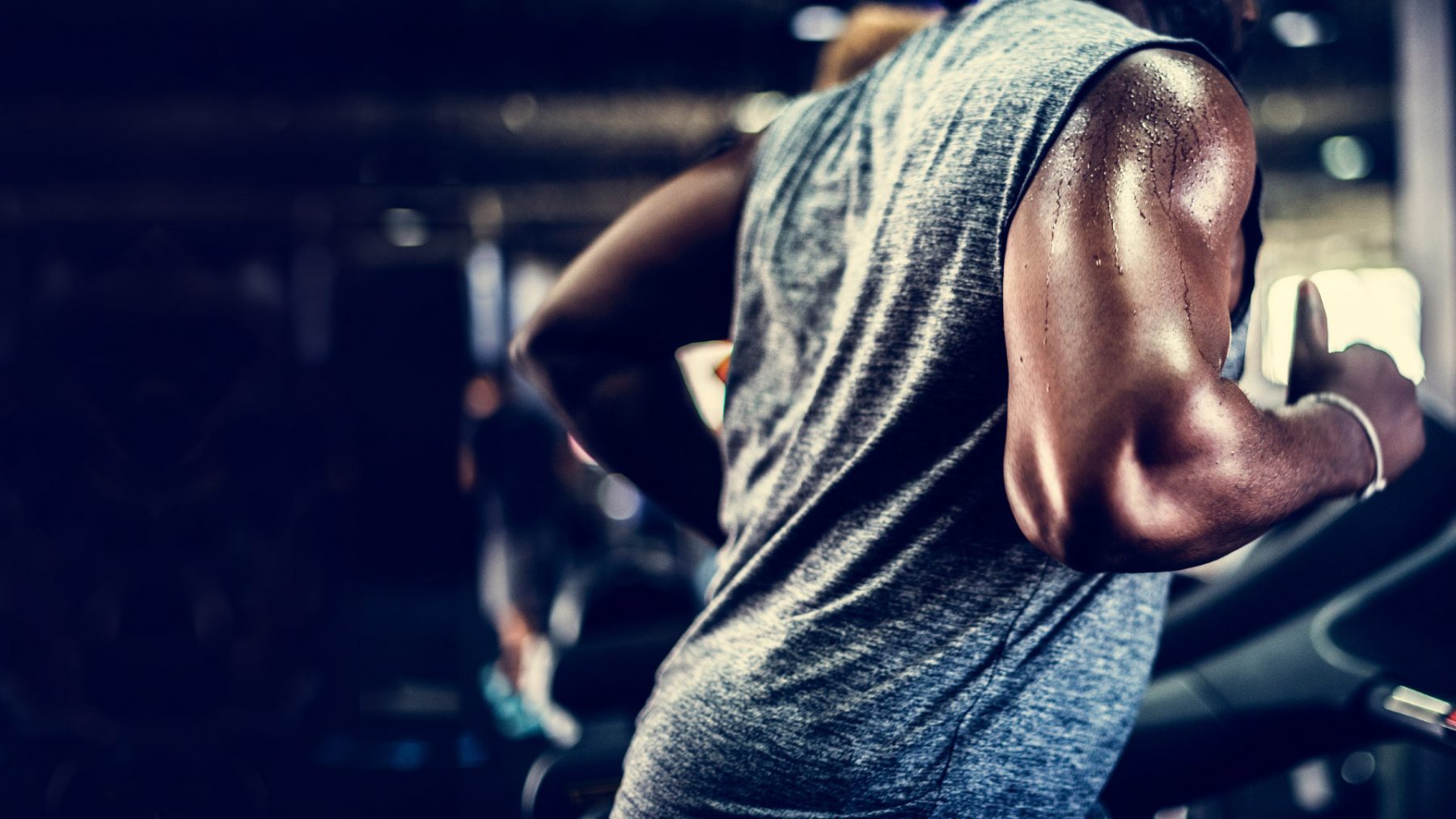In an era of heightened environmental awareness, the sportswear industry faces a significant challenge: maintaining high-performance standards while minimizing environmental impact.
Gone are the days when considering environmental costs as a secondary concern within product development teams was viable. This challenge now spans every aspect, from material production to manufacturing, transport, distribution, consumer behavior, and aftercare.
This urgency is evident:
Textile production’s dyeing and finishing processes contribute roughly 20% to global water pollution.
The washing of synthetic fabrics like polyester, nylon, and acrylic annually releases around 500,000 tonnes of plastic microfibers into the ocean. This amount is equivalent to 50 billion plastic bottles.
One washing cycle of polyester clothing can discharge a staggering 700,000 microplastic fibers into water and food supplies.
The production of a single cotton t-shirt demands roughly 2,700 liters of fresh water - enough to supply 2.5 years of drinking water to one person.
Further amplifying this pressure is the growing trend of athleisure and fast fashion, resulting in a rising number of people wearing workout clothes outside the gym, irrespective of their intention to exercise. Unfortunately, these trends add to textile pollution, contributing to approximately 8-10% of global greenhouse gas emissions and up to 20% of wastewater, as reported by the UN.
To reduce environmental impact in activewear, brands and manufacturers should consider innovative technologies to enhance product durability and longevity.
How do Microban technologies extend product life and enhance durability?
Microban odor-capture technologies are proven to extend product life and enhance durability. Products treated with our Scentry or Scentry Revive technologies reduce odors by >90%, even after more than 50 typical home launderings. Our odor-capture technologies eliminate one of the major complaints about synthetic fabrics, extending the useful life of garments, footwear, and home textiles. This translates into reduced energy and water consumption, delivering added sustainability benefits.
Which brands use Microban odor control solutions?
Industry leaders like Jack Wolfskin, FILA Sportswear, and Reebok, have turned to Microban odor control technologies to enhance the sustainability and durability of their products.

Regina Goller, the Director of Fabric and Trim Management Apparel at Jack Wolfskin, shared insights into the benefits of Scentry Revive technology and the strategic goals driving its integration: “The team at Jack Wolfskin takes pride in applying revolutionary technologies to our product range. We wanted to produce odor-resistant garments that required less washing to benefit our customers and the environment, and Scentry Revive has made that goal attainable.”
Antimicrobials: A key ingredient to sustainable sportswear
According to the Fashion on Climate report, clothing care practices are accountable for 23% of a garment’s total carbon footprint. Notably, the report underscores a pivotal opportunity for consumers to protect the environment proactively. By adopting mindful habits - like skipping every sixth washing load, using lower temperatures for laundering, and replacing every sixth dryer cycle with open-air drying - an impressive reduction of 186 million tonnes in carbon emissions becomes achievable.
Antimicrobial technologies offer a pathway toward this target.
Textile mills can incorporate antimicrobial chemistries using two primary methods: exhaustion and padding, or manufacturers can apply them as a finishing treatment on the fabric’s surface.
The environmental benefits of antimicrobial activewear
Reducing washing frequency
Sportswear endures more frequent washing than other attire due to rigorous physical activity. This excess washing not only consumes significant amounts of water and energy but also accelerates fiber breakdown and color fading, resulting in premature replacements and disposal.
Antimicrobial treatments can help reduce the necessity for frequent washing by inhibiting the growth of odor-causing bacteria. Consequently, by advocating for less frequent washing, the fabric’s integrity remains better preserved, effectively extending the lifespan of the sportswear while saving water and energy resources.
Mitigating microfiber pollution
Laundering synthetic fabrics often found in sportswear releases microfibers, a form of microplastics, into waterways. Estimates attribute 35% of marine microplastic pollution in the world’s oceans to textiles yearly, with synthetic microfibers being the major culprits. These tiny plastic particles have made their way through diverse environments, even infiltrating bottled water, tap water, beer, sea salt, and our food.
However, sportswear treated with Microban antimicrobial technologies presents an effective solution. The technology prevents the growth of bacteria, mold, and mildew on textile surfaces, thereby reducing the need for frequent washing.
The equation is simple: fewer washing cycles translate to a significant reduction in the release of microfibers into our waterways.
Curbing textile waste by extending product lifespan
Damp and humid environments in gym bags, lockers, and laundry baskets, provide ideal conditions for bacteria, mold, and mildew to thrive. These microbes degrade fabric fibers over time, leading to premature degradation and unpleasant odors.
Eliminating the growth of degrading microbes helps to preserve the aesthetics and freshness, which in turn prolongs the lifespan of the garments. As a result, consumers won’t need to replace their sportswear as frequently, reducing the overall demand for new products and lowering textile waste.
Revolutionizing odor control in sportswear
The best sports apparel is made to withstand friction, rain, and sweat. But choosing a suitable material can be challenging.
Cotton tends to absorb and retain sweat, which can lead to unpleasant odors that persist even after multiple washes. This often results in premature disposal and early replacement, ultimately contributing to textile waste and landfill loading.
Synthetics: Polyester and nylon, commonly found in sportswear, nurture the growth of microbes, leading to the retention of undesirable odors.
Addressing malodor is one of the biggest design challenges faced by the sportswear industry. That’s why some of the world’s leading sportswear brands are now incorporating sustainable odor control technologies into their product ranges.
Microban odor control solutions form a protective barrier on the fabrics that traps and neutralizes body odor, preventing offensive smell during use and between washings. The odor is either washed out during normal laundering or is neutralized after extended use, depending on the platform, and the fabric is renewed, fresh, and ready to be used again! This means consumers can worry less about stink and focus on the bigger things in life.
Watch the video below to learn more about combatting permastink.
What antimicrobial and odor control technologies are used in durable sportswear?
Typical antimicrobial and odor-control technologies for textiles include metal-based, metal-free, and non-pesticidal solutions.
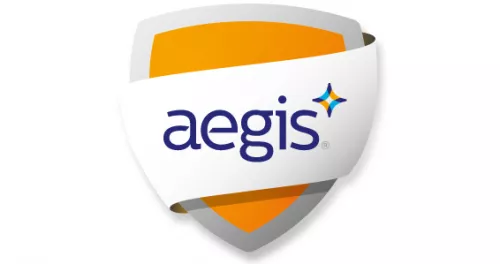
AEGIS® technology works to inhibit the growth of microbes on textile fibers, fabrics, and foams, keeping them cleaner and fresher for longer.

Scentry® is a safe and sustainable odor management technology that helps neutralize odors in clothing.
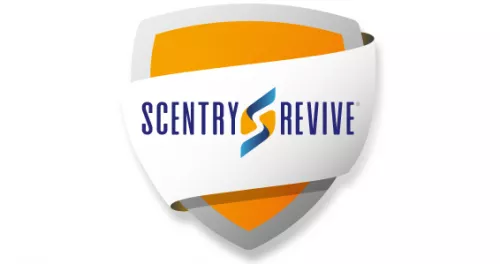
Scentry Revive® is proven to neutralize odors and maintain freshness on apparel for up to five wears.
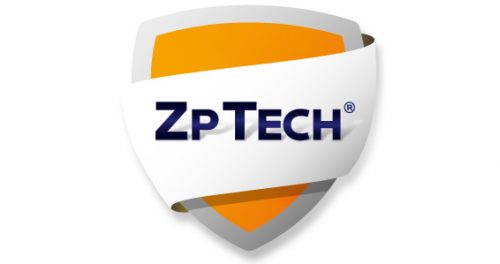
ZPTech® is a broad-spectrum antimicrobial, effective against not just bacteria, but also the growth of fungi including mold and mildew.
Are Microban odor-capture technologies certified?
Both Scentry and Scentry Revive have been given Eco Passport by Oeko-Tex® certification – an independent testing and certification system for chemicals, colorants, and auxiliaries used to manufacture sustainable textiles. All our odor capture solutions are also bluesign® certified, so you know they fit seamlessly into even the stringiest sustainable textile manufacturing processes.
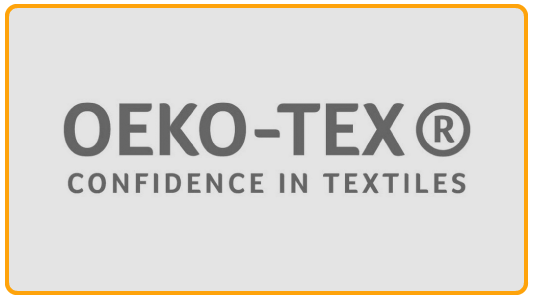

Concluding the discussion on sustainable product development
By harnessing the capabilities of antimicrobial and odor control technologies, sportswear products can stay hygienically cleaner and fresher for longer. This reduces the necessity for frequent washing, leading to time, water, and energy savings. Additionally, these technologies help maintain the product’s structural integrity, color vibrancy, and functional features. This approach benefits your customers and contributes significantly to environmental well-being.
Contact us today to explore how Microban technology can enhance the sustainability of your products and provide added value to your customers.

